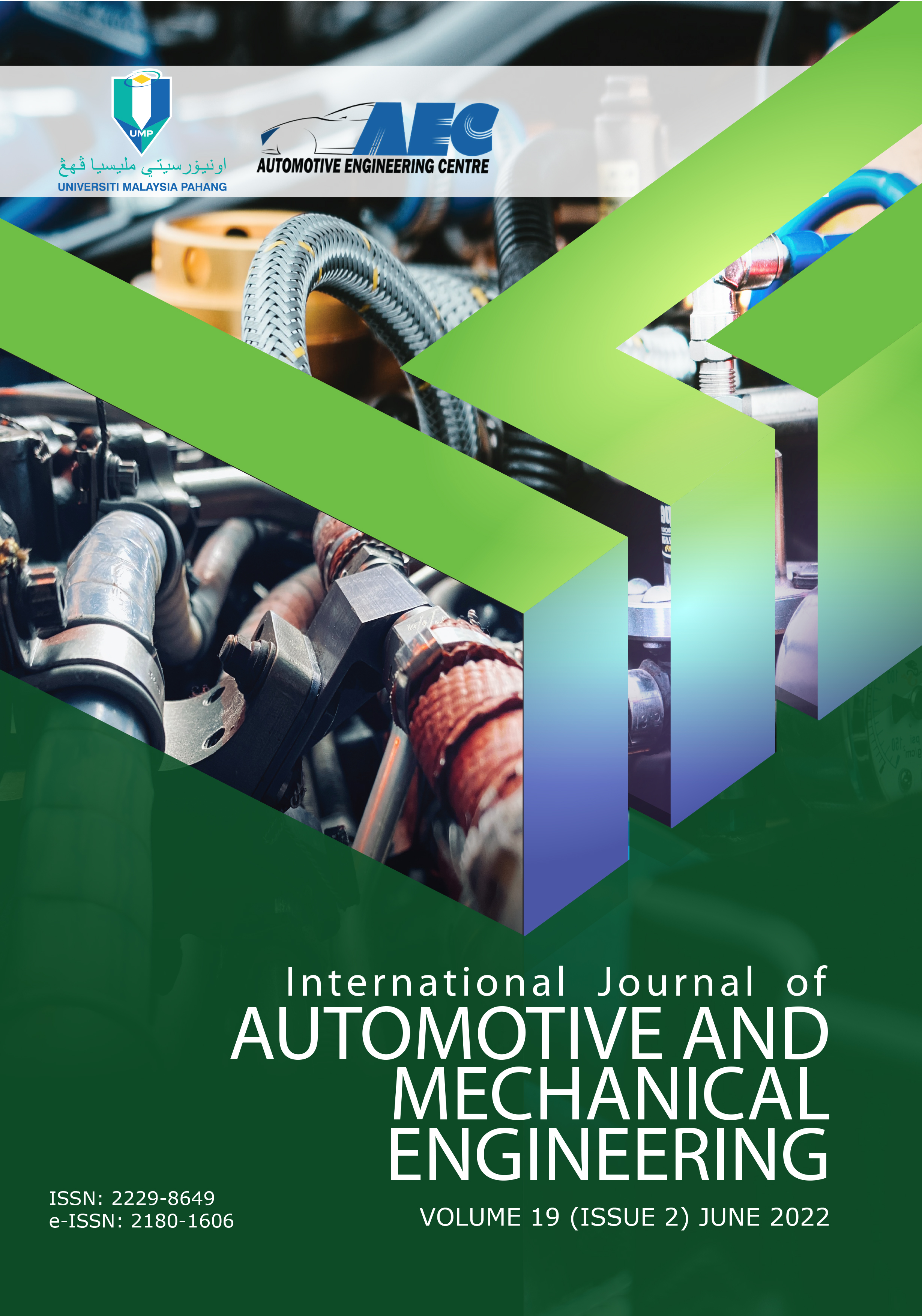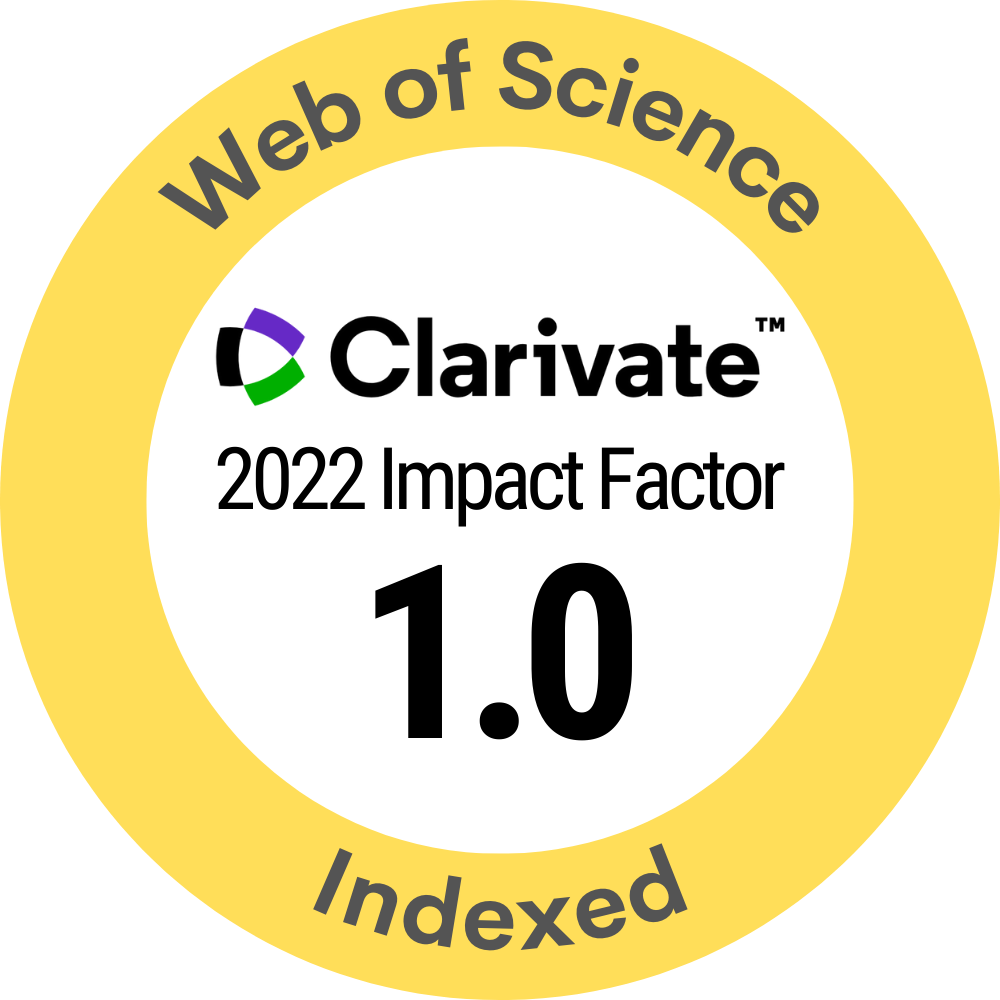Investigation of Single-stage and Two-stage Forming Limit Curve of Aluminum 6061 with Different Temperatures and Strain Rates
DOI:
https://doi.org/10.15282/ijame.19.2.2022.18.0760Keywords:
Aluminium 6061, Forming limit curve, Multi-step forming, Finite element methodAbstract
The Form Limit Curve (FLC) is an important and helpful concept for defining sheet metal ductility. The ductility of aluminum 6061 alloy sheet was analyzed in this work. The current study examined how to enhance the formation curve of aluminum 6061, which is frequently utilized in the automotive industry. These curves were plotted and compared at various temperatures and strain levels. Using the finite element approach, the formation curve of this alloy was produced under the impact of various temperatures and strain rates. The forming limit curve was accomplished in two-stage forming when the pre-stress was formed in the sheet, and this curve was predicted for different temperatures using the one-stage forming behavior pattern. It was determined that increasing the temperature led the curve to rise and fall, but increasing the strain rate caused the curve to fall and contract. It was also revealed that by using the curvature of the forming limit curve in single-stage forming at various temperatures and a two-stage forming limit curve at one temperature, it was feasible to estimate two-stage FLC at two temperatures.
Downloads
Published
Issue
Section
License
Copyright (c) 2022 Universiti Malaysia Pahang Publishing

This work is licensed under a Creative Commons Attribution 4.0 International License.







